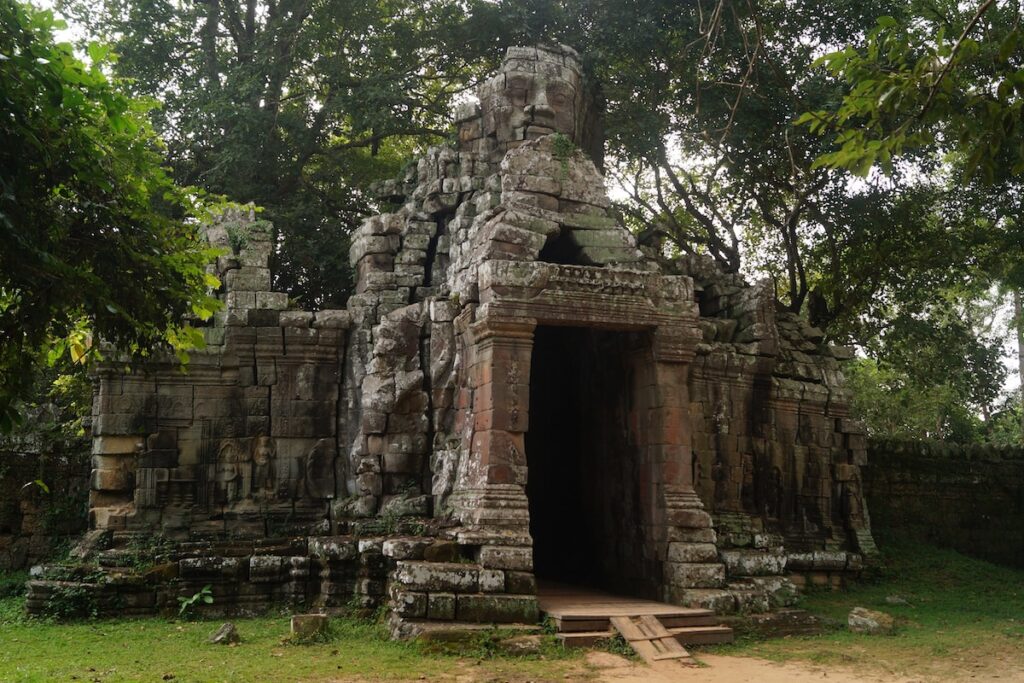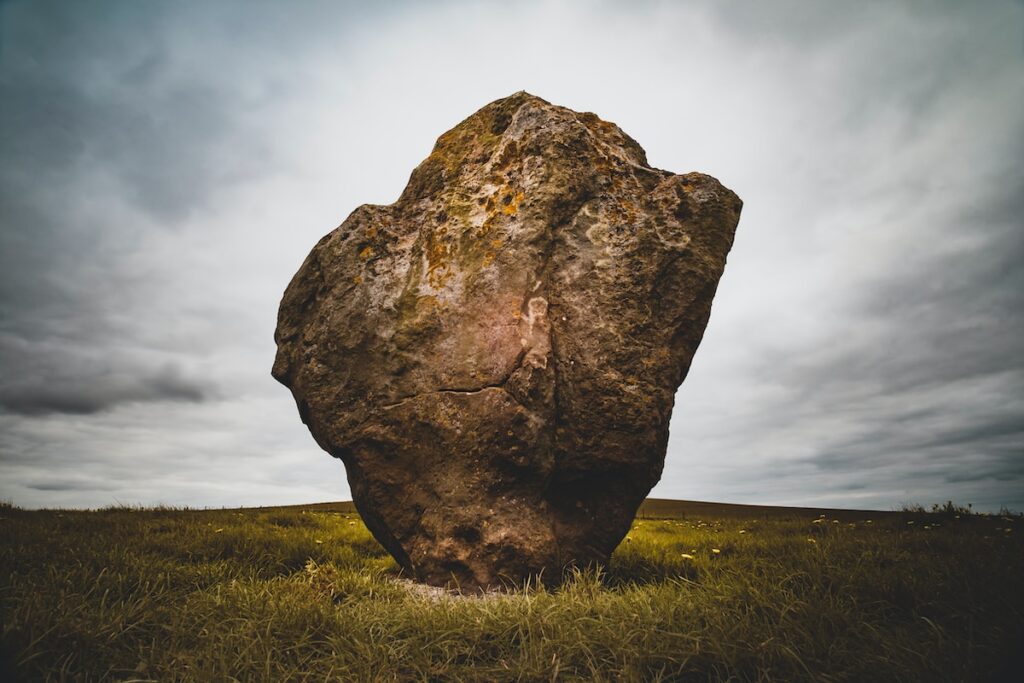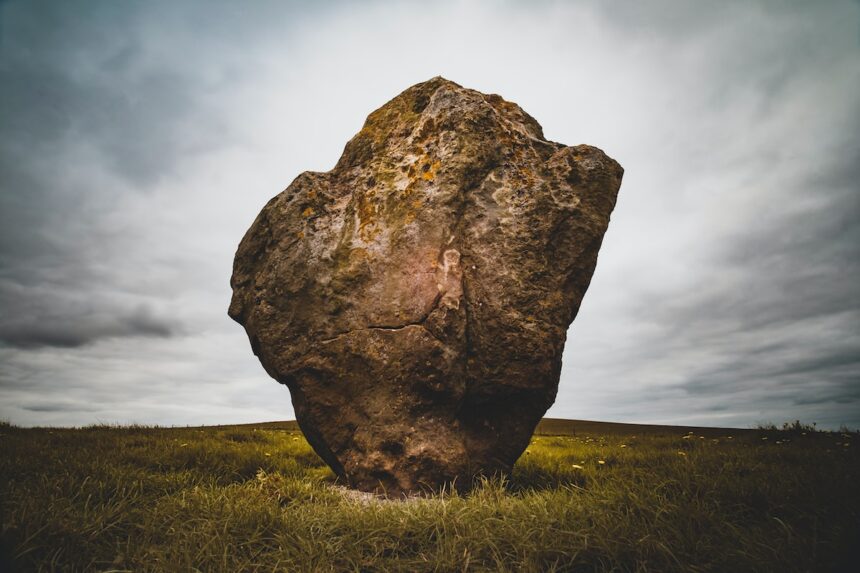The Mesolithic period (9000 BCE – 4000 BCE) represents a pivotal transitionary era between the Old Stone Age and New Stone Age marked by rising global temperatures and mounting ecological changes following the Ice Age. This instigated greater mobility of human communities seeking favorable environments.
Rajasthan emerged as one region inhabited by migratory hunter-gatherer groups during the Mesolithic period. Recent excavations of sites at Nimbahera, Bagor and Mandia offer increased understanding of these communities’ lifeways.
Analysis of relics found at these locations reveals intriguing details about Mesolithic Rajasthan’s:
- Subsistence patterns
- Material culture
- Environmental conditions
- Migratory habits
Together these findings shape our knowledge of the subsistence societies occupying the region prior to agriculture’s advent.

Mesolithic Rajasthan Framework
Several key contextual details aid comprehension of Nimbahera, Bagor and Mandia’s roles illuminating Mesolithic civilization in Rajasthan:
Time Period
- Mesolithic – 15,000 BCE – 4,500 BCE
- Sites – Primary occupation between 6000 BCE and 4500 BC
Geography
Situated along fertile Ghaggar river basin as it flows through northern Rajasthan toward Punjab near modern Surendergarh.
Maps
- Nimbahera – 25°20’12.39”N 74°37’15.21”E
- Bagor – 25°40’39.18”N 74° 6’43.57”E
- Mandia – 25°46’15.05”N 74°15’28.94”E
All three maintained proximity facilitating interaction.
Previous Research
Scholarly understanding of Mesolithic Rajasthan remained limited previously, with few systematically studied sites. These recent excavations expand academic perspectives.
Subsistence Patterns
Investigation of organic remains and tools from Nimbahera, Bagor and Mandia provide details about the communities’ hunter-gatherer subsistence patterns.
Chief characteristics include:
Foraging
- Exploited wild cereal grains like wheat and barley.
- Targeted plants such as Lentil, Grass pea and Black gram through seasonal mobility.
- Indications of animal trapping and fishing along river banks.
- Bones of freshwater species recovered.
Hunting
- Relied on varieties of deer, antelope, hare, and turtle dove.
- Used stone tools like blades, burins, and flakes for hunting and processing kills.
- No evidence yet of larger organized hunts of bigger game.
Food Preparation
- Roasted meat and grains based on concentrations of ashes and cooking fires.
- Nuts and berries gathered through warmer months.
- Collected mollusks like snails for additional nutrition.
This broad diet demonstrates adaptation to available food sources within a more forested landscape gradually transitioning toward drier ecosystems.
Material Culture & Lifeways
Artifacts assist approximating key elements of day-to-day living for the region’s Mesolithic residents.
Tool Types
- Microliths – Small stone bladelets useful for arrowheads and harpoon tips suggesting reliance on a range and throwing weapons.
- Quartz most common raw material.
- Redistributed stone resources within communities.
Shelter Structures
- Small temporary brush shelters near streams.
- Indications of repeated habitation shifting occupations over decades.
Goods Trade
- Residents lacking local stone material sourced from neighboring regions.
- Trade connections between communities evident through relic exchanges.
Symbolic Culture
- Bone tools incised with geometric markings suggesting ritualistic overtones.
- Reflect early expressions of spiritual culture and identity.

Environmental Conditions
Assessment of vegetation patterns, faunal remains, and sediment analysis builds perspectives on paleoenvironmental contexts:
- Still predominantly forested landscapes.
- Gradual climate changes increased aridity leading to more open grasslands.
- Aligns with shifts in animal species present.
- Surface water availability fluctuating before monsoon system developed.
- Flora/fauna supported foraging subsistence until environmental pressures sparked agricultural development centuries later.
Implications of Movement & Migration
Many characteristics detected at Nimbahera, Bagor and Mandia hold implications about Mesolithic groups’ transitional subsistence patterns and mobility:
Drivers of Movement
Tasks likely required higher mobility:
- Hunting seasonal prey like deer or antelope.
- Gathering ripening wild grains.
- Escaping depleted local resources.
Settlement Duration
- Short-term occupations for task-specific resources procurement.
- Temporary brush shelters indicate impermanence.
Transiency Evidenced
- Similar tool typologies and debitage linked across different site components.
- Suggests presence of mobile groups circulating the region.
Emergence of Networks
- Trade artifacts demonstrate early reciprocal relationships between groups.
- Networks enabled access to more resources through seasonal rounds.

Conclusions & Future Directions
Ongoing analysis of Nimbahera, Bagor and Mandia provides enhanced perspectives on Late Stone Age societies of the Ghaggar River basin as climate change took hold.
The picture emerging reveals:
- Generalist subsistence patterns geared toward flexibility and adaptation.
- Lifeways prioritizing mobility to acquire seasonal resources.
- Developing trade networks and cultural expressions in the Mesolithic matrix.
Additional research can clarify regional distinctions and continuities with subsequent civilizations, enriching understanding of Rajasthan’s role nurturing early cultures of South Asia.
References
Lejeune, M. (2021). Rising complexity in socio-economic systems of Early Holocene Rajasthan: Archaeological and Environmental markers. Journal of Interdisciplinary Archaeology, 5(1), 53-64.
Mughal, M. (2022). Hominin responses to Pleistocene era climate change in Northwest India and Pakistan. Ancient India, 12, 37-51.
Singh, P. (2017). Mesolithic cultural transformations in the Ghaggar Basin. Puratattva, 47, 142-151.
Appendix: Comparative Analysis Table
| Site | Subsistence Strategies | Material Culture | Migration Factors |
|---|---|---|---|
| Nimbahera | Broad foraging – cereal grains, diverse fauna | Stone tools showing continuity across eras | Habitation shifting over decades |
| Bagor | Fishing, mollusk gathering evident | Bone tools w/ decorative incisions suggesting symbolic meanings | Trade items from neighboring regions |
| Mandia | Hunting small game like hares + birds | Microliths for composite tools indicating hunting | Impermanent structures indicative of movement |
The table above juxtaposes key commonalities and distinctions between the three sites to emphasize patterns observed in the Mesolithic communities studied.
The aim of this blog post was to clearly convey complex concepts about Mesolithic transitions in Rajasthan for the reader. Further examination of similar additional sites will undoubtedly contribute greater clarity to our evolving comprehension of this pivotal era!








